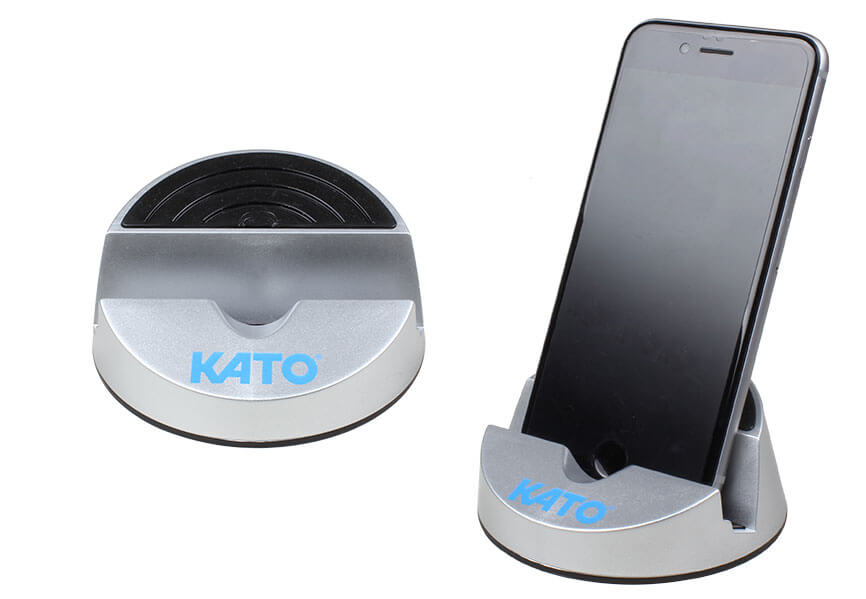
Questions related to the tensile strength of bolted assemblies utilizing CoilThread® Tangless® or tanged helical coil inserts generate many inquiries to our KATO Support. It is important that engineers and designers understand the factors that affect the tensile strength of threaded insert assemblies. The three major variables in the design of the assembly are the nominal length of the insert, shear strength of the parent material, and tensile strength of the bolt. The parent material is the material comprising the threaded part, which is typically a machined aluminum housing that accepts the threaded inserts.
Normally, a bolted assembly is designed such that the bolt is the weakest part of the assembly. More specifically, the insert length is selected based upon the shear strength of the parent material and the tensile strength of the bolt. A simple way to look at this is that if you have a very expensive machined aluminum part, you would want the 10-cent bolt to fail before the insert pulled out of the part, thus preventing damage to the expensive part. Isn’t this exciting?
The table below allows the designer to select an insert length based on knowing the shear strength of the parent material and the bolt material ultimate tensile strength, which will produce an insert assembly that is stronger than the tensile strength of the bolt. Note that the insert lengths are expressed in multiples of the nominal thread diameter, and this table works for all thread sizes.
Frequently we will get requests for more specific information. In these cases we can provide specific charts by thread size (Unified or Metric). These charts show the actual assembly tensile strength by insert length with varying parent material shear strengths. In addition the breaking strength of various grade bolts are shown so that the designer can select an insert length that will provide an assembly strength greater than the breaking strength of the bolt.
| Shear Strength of Parent Material (KSI) |
Bolt Material Minimum | ||||||||
|---|---|---|---|---|---|---|---|---|---|
| Utimate Tensile Strength (KSI) | |||||||||
| 54 | 75 | 96 | 108 | 125 | 132 | 160 | 180 | 220 | |
| 10 | 2 | 2-1/2 | 3 | 3 | --- | --- | --- | --- | --- |
| 15 | 1-1/2 | 1-1/2 | 2 | 2-1/2 | 2-1/2 | 3 | 3 | --- | --- |
| 20 | 1 | 1-1/2 | 1-1/2 | 2 | 2 | 2 | 2-1/2 | 3 | 3 |
| 25 | 1 | 1 | 1-1/2 | 1-1/2 | 1-1/2 | 2 | 2 | 2-1/2 | 2-1/2 |
| 30 | 1 | 1 | 1 | 1-1/2 | 1-1/2 | 1-1/2 | 2 | 2 | 2-1/2 |
| 40 | 1 | 1 | 1 | 1 | 1 | 1-1/2 | 1-1/2 | 1-1/2 | 2 |
| 50 | 1 | 1 | 1 | 1 | 1 | 1 | 1 | 1-1/2 | 1-1/2 |
Warning: These charts tend to cause extreme excitement in design engineers. Do not read them while driving or operating hazardous machinery.
As with all data like this, we have to have a disclaimer. Values shown in the table and the charts noted above are average calculated values and are not to be misconstrued as guaranteed.
If you have any questions, please contact us.
For more technical articles, register to KATOpedia today! Registration is FREE, and take less than 1 minute to complete and gain access to the world's most comprehensive online encyclopedia for helically coiled screw thread inserts and tools.